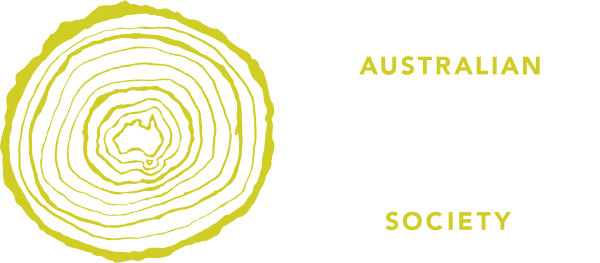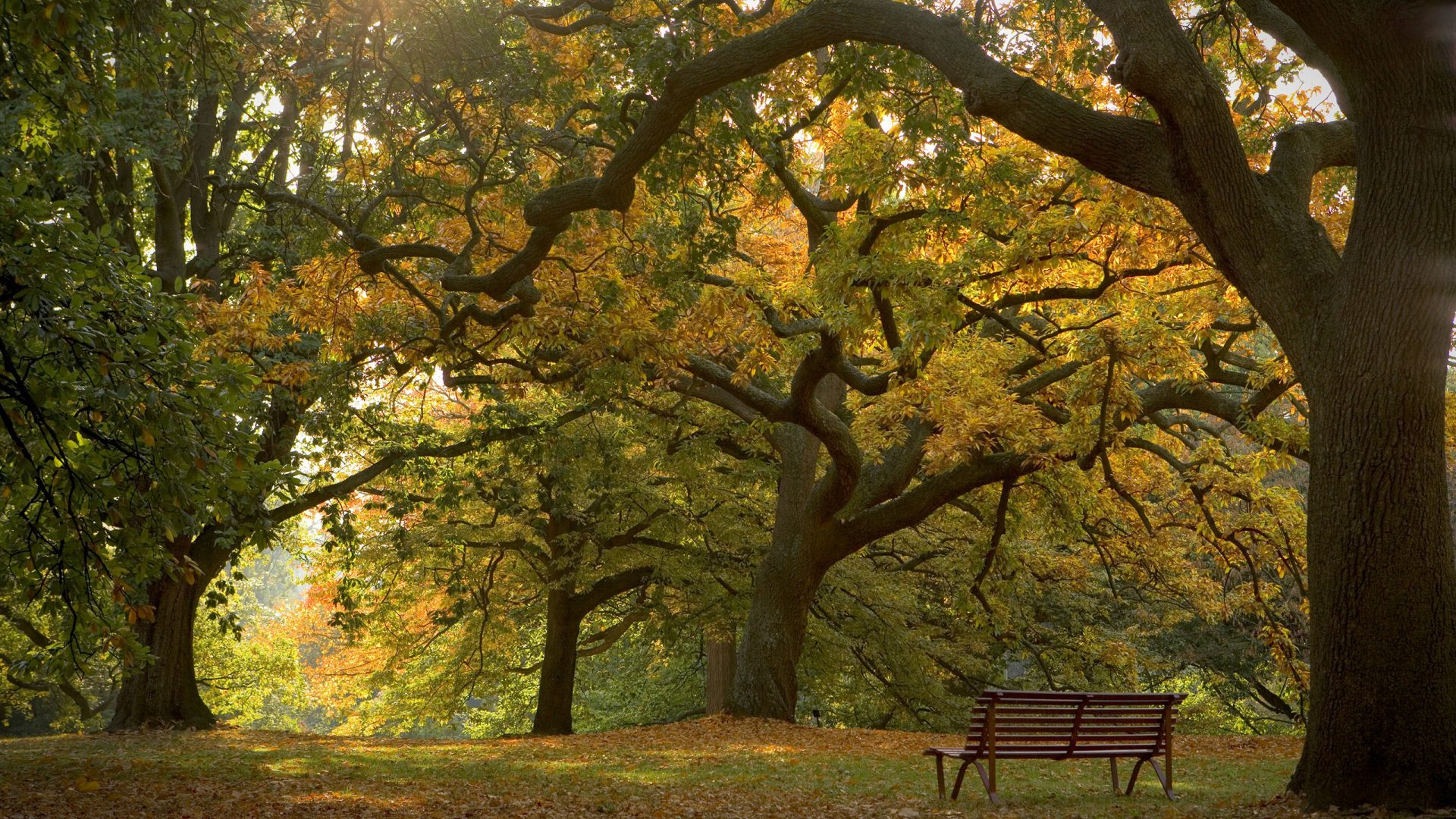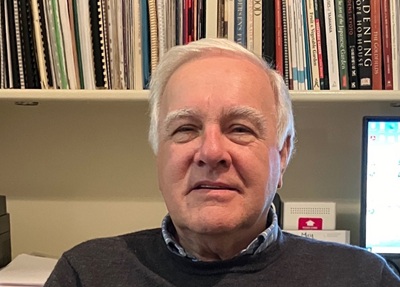Interview Recording
Interview Transcript
John Hawker interviewed on 2 May 2024 by Kate Cregan
Synopsis
John Hawker was born in Melbourne and – along with his parents, brother and sister – moved his to his paternal grandparents’ dairy farm at Wyuna in 1960. All his grandparents were farmers, both sides were dairy farmers, and his maternal grandparents were also orchardists. Following all the other gardeners in the family, he had his own garden plot and was growing vegetables, trees and shrubs from at least the age of eight. John went to Tongala Primary School and took the bus 30km every day to Echuca Technical College for his secondary education. After completing secondary school, John moved to Melbourne to undertake a three-year Diploma in Horticulture at Burnley, during which time he boarded at house in Toorak in exchange for maintaining and ensuring the regular seasonal bed displays of the garden.
He spent a year working at Brown Brothers Winery in Milawa after completing the Diploma, simultaneously studying by correspondence for an associate diploma in viticulture at what was then known as the Riverina College of Advanced Education at Wagga Wagga (now Charles Sturt University). He then returned to Melbourne, and the house in Toorak, to undertake a degree in Agricultural Science at the University of Melbourne.
After marrying, in 1978, and completing his degree, he and his wife travelled for a year through the UK, Europe, the United States and Mexico. During that time John was exposed to a wide variety of European and North American landscapes, that broadened and inspired his fascination with plants, which has been central to his life since childhood. On returning to Melbourne, he worked for some months with arborists and gardeners, hands on, until being offered a position at the Royal Botanical Gardens Victoria in December 1982. During his time, there he worked as a trees officer, and on several major projects, particularly a project on Victorian significant trees in collaboration with the National Trust, with criteria that included commemorative and historic as well as botanic value. The largest project he worked on was the rejuvenation of regional botanic gardens across the state, with great success. Both projects continue to this day.
John’s interest in maintaining historic landscapes was expanded when he was awarded a Churchill Fellowship in 1989. He had met John Sales of the UK National Trust at the AGHS Conference in 1988, with whom he worked during the fellowship, at National Trust sites including Biddulph Grange, Edinburgh Botanic Gardens and Kew Gardens. Subsequently, he was on the AGHS Victorian Branch Committee for over ten years and has maintained a strong relationship with the AGHS ever since.
On returning to Australia, John took up a position with the Department of Planning Victoria, in urban design, initially working on appropriate vegetation in Docklands. With the Heritage Act 1995 he moved to Heritage Victoria – assessing historic landscapes for conservation, preservation, and rejuvenation – and remained there for the rest of his career. He retains active connections with heritage rejuvenation, replacement and renewal as a volunteer, at Bishopscourt in East Melbourne, and as a consultant.
[JH] I can look back at what we did forty years ago and see that well it would have been better if that tree had been somewhere else, or we didn’t have three, but we only had one. Yeah. So, I think don’t be afraid to kind of constantly assess and review the tree, because what I would like people to think about is certainly growing trees to their maximum benefit and size, so they’re not overcrowded or misshapen or in the wrong location. I like trees to kind of to reach their potential. And I’m constantly thinking about that in the landscape.
Two photographs were taken: one of John in his home office (John Hawker 1 2MAY2024); and a full length shot of John standing in his back garden (John Hawker 2 2MAY2024). These photos are available through AGHS head office.


